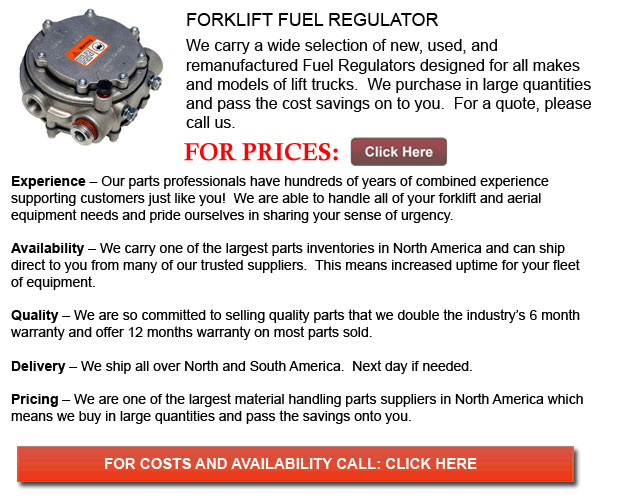
A regulator is an automatically controlled tool which works by managing or maintaining a range of values inside a machine. The measurable property of a tool is closely handled by an advanced set value or particular circumstances. The measurable property could even be a variable according to a predetermined arrangement scheme. Usually, it can be utilized in order to connote whichever set of various controls or tools for regulating things.
Some regulators consist of a voltage regulator, that could produce a defined voltage through an electrical circuit or a transformer whose voltage ratio is able to be adjusted. Fuel regulators controlling the fuel supply is one more example. A pressure regulator as seen in a diving regulator is yet another example. A diving regulator maintains its output at a fixed pressure lower compared to its input.
Regulators can be designed to be able to control various substances from fluids or gases to light or electricity. Speed can be regulated by mechanical, electro-mechanical or electronic means. Mechanical systems for instance, such as valves are normally utilized in fluid control systems. The Watt centrifugal governor is a purely mechanical pre-automotive system. Modern mechanical systems can incorporate electronic fluid sensing components directing solenoids to set the valve of the desired rate.
Electro-mechanical speed control systems are fairly complex. They are normally used to be able to maintain speeds in contemporary lift trucks like in the cruise control option and usually consist of hydraulic parts. Electronic regulators, nonetheless, are used in modern railway sets where the voltage is lowered or raised in order to control the engine speed.
 Click to Download the pdf
Click to Download the pdf
Forklift Parts in Fresno
Alternators
An alternator is a machine which changes mechanical energy into electric energy. It does this in the form of an electrical current. In essence, an AC electric generator could be labeled an alternator. The word usually refers to a rotating, small machine driven by automotive and other internal combustion engines. Alternators which are situated in power stations and are powered...
More
Brakes
A brake in which the friction is supplied by a set of brake shoes or brake pads which press against a rotating drum shaped unit referred to as a brake drum. There are several particular differences among brake drum kinds. A "brake drum" is normally the definition provided if shoes press on the inner exterior of the drum. A "clasp...
More
Carriage Rollers
Specially designed bearings known as carriage rollers are regularly seen on lift masts because they enable them to operate better in difficult environmental surroundings. The typical lift mast is often subject to frequent oscillations, shocks, static loads, and vibrations and high dynamics. This apparatus is regularly exposed to environmental influences like for instance heat, dust, cold, aggressive ambient air, moisture...
More
Carriages and Carriage Parts
Rated by the fork carriage lifting capacity, there are actually four sizes of hook type blade carriages. The hook type fork carriages have been standardized.
The carriage bar spacing utilized for Class 1 is around thirteen inches and the Class 1 carriage is rated to hold cargo as much as 2000lbs. The Class 2 carriage is rated to carry cargo...
More
Control Valves
Automatic control systems were first developed more than two thousand years ago. The ancient water clock of Ktesibios in Alexandria Egypt dating to the third century B.C. is thought to be the very first feedback control machine on record. This clock kept time by means of regulating the water level in a vessel and the water flow from the vessel....
More
Controllers
Lift trucks are obtainable in several different models which have various load capacities. Most standard forklifts utilized inside warehouse environment have load capacities of one to five tons. Larger scale units are utilized for heavier loads, like for instance loading shipping containers, may have up to 50 tons lift capacity.
The operator could use a control so as to lower...
More
Differentials
A mechanical device capable of transmitting rotation and torque through three shafts is known as a differential. Every now and then but not always the differential will utilize gears and would operate in two ways: in cars, it receives one input and provides two outputs. The other way a differential works is to put together two inputs in order to...
More
Drive Axles
A forklift drive axle is a piece of equipment which is elastically fastened to a vehicle framework using a lift mast. The lift mast is connected to the drive axle and could be inclined around the axial centerline of the drive axle. This is accomplished by no less than one tilting cylinder. Forward bearing parts along with back bearing parts...
More


![]() Click to Download the pdf
Click to Download the pdf











